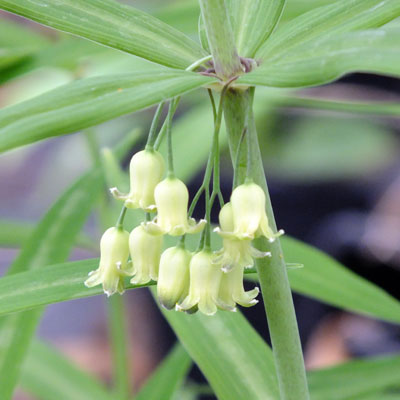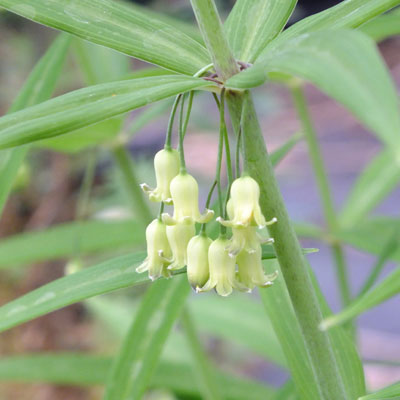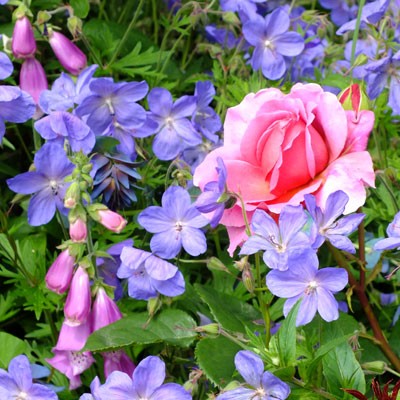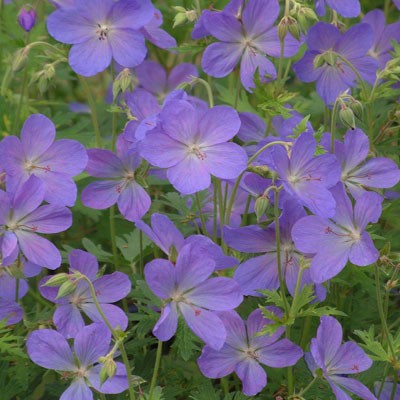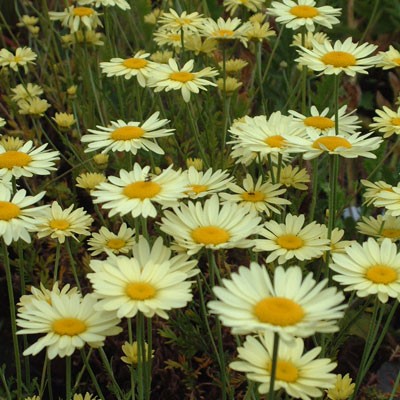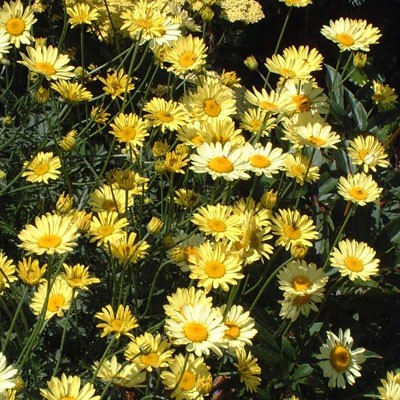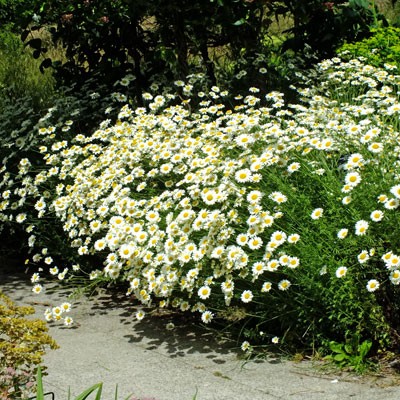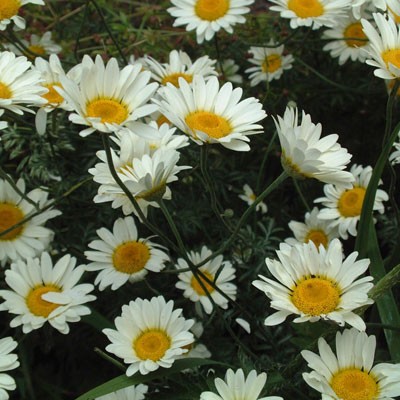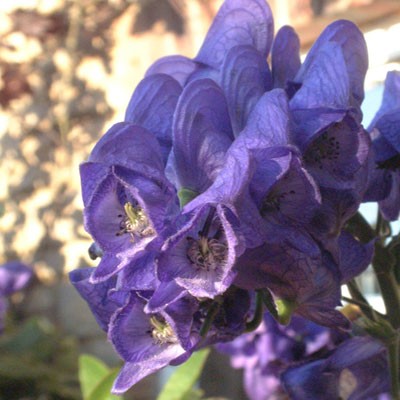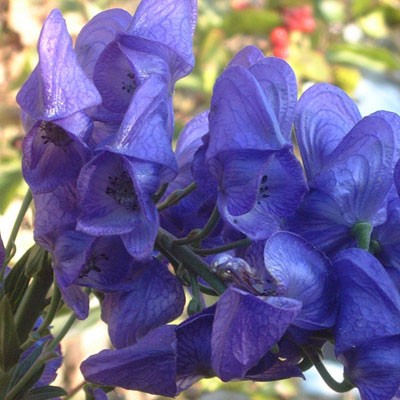Description
Polygonatum curvistylum
Polygonatum curvistylum is a delicate unusual Solomon’s Seal discovered in Yunnan in China where it grows wild in rock crevices in full sun. It produces low arching stems, rarely more than 15 inches high, clothed with elegant whorls of narrow lanceolate leaves with unusual cirrose leaf tips. Cirrose means that the apexes of the leaf blades are elongated and coiled. This property arose as an aide to supporting itself as it clambers up through undergrowth. In late Spring 2-8 flowers are produced in the upper leaf axils. These are followed by by coral-red fleshy fruits Grow it in cool, humus-rich well drained soil. It is rhizomatous and if you want to grow it from seed, the seed has a double dormancy.
Solomon’s Seal – Polygonatum
The naming of Solomon’s Seal’s has become somewhat confused within the trade. I hope that in following the advice offered by Dan Hinckley, I have correctly assigned the varieties that we sell. I have listed each variety with names that, whilst not true synonyms, are names that you often find them sold under.
Reginald Farrer described the Solomon’s Seal thus; “Its solid, Pale green leaflets, folded back in pairs. like the wings of so many butterflies, seem to be settling on a stem strained backward almost to the point of breaking its spine.”
The Solomon’s Seals are native of Northern Europe, through to Siberia. Polygonatum multiflorum can be locally common, but its distribution is very sparse and dispersed in England. You can find it in woods in Westmorland, Wiltshire and Hampshire, Kent and South Wales. Angular Solomon’s seal (Polygonatum odoratum) grows at higher altitudes on limestone.
All the species do their very best when left alone to spread in a humus rich, retentive soil in a cool shady position. They will however grow happily in any position that is not hot and dry. To give them the best start in life, make sure the ground has plenty of organic matter forked in. Also make sure you break up the ground around well.
It pays to be on the watch in June for the caterpillars of the Solomon’s Seal Sawfly. If left unchecked they can reduce the foliage to lace.
All parts of the plant are poisonous, though people ate the shoots in the past in a similar way to Asparagus – another member of the Liliaceae.
Naming
Polygonatum comes form the Greek words ‘poly’=many and ‘gony’=knee. This is probably in reference to the swellings on the rhizome, but possibly the joints along the stem. The common name ‘Solomon’s Seal’ may allude to the circular scars reft on the rootstock by the previous year’s stems, Solomon being cited as his seal apeared in Oriental tales. Then again there is another explanation that says marks left in the flesh on a cut rootstock resemble Hebrew characters. Legend says that Solomon, who had knowledge of plants, put them there to signify the plants usefulness medicinally. Also you will find an explaination that the name ‘Seal’ may refer to the efficacy of the plan at sealing green wounds and broken bones. I’ll let you take your pick.
Solomon’s Seal first found a place in the same genus as the closely related Lily-of -the-Valley (Convallaria) before moving to Polygonatum. Previously in Liliaceae, Some taxonomists reassign both of these genera along with Disporopsis, Disporum and Smilacina to Covallariaceae.
Polygonatum odoratum var. pluriflorum ‘Variegatum’ – Solomon’s Seal, David’s Harp, Lady’s Seals, St Mary’s Seal, Sigillum Sanctae Mariae, Vagabond’s friend.
(Asparagaceae (Liliaceae, Convallariaceae))
Links

















































